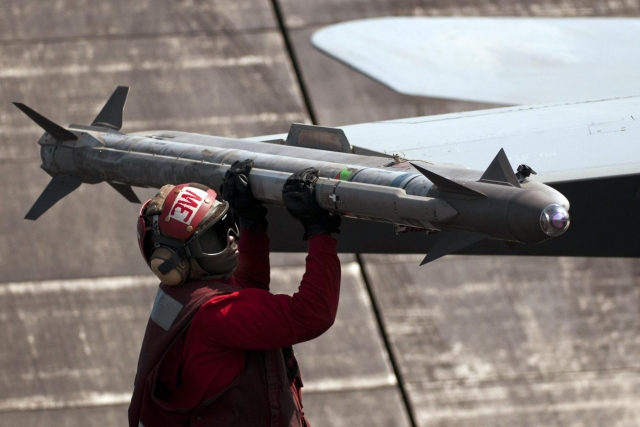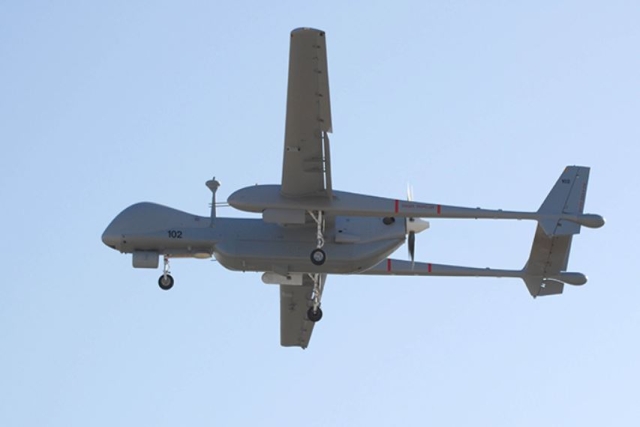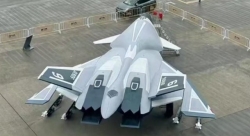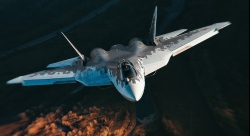Boeing Receives $135M Contract for Infrared Search from US DoD
Boeing has received a $135 million contract from the U.S. Navy for engineering and manufacturing development of the F/A-18E/F Super Hornet Infrared Search and Track (IRST) sensor system. The F/A-18E/F IRST system is a passive, long-range sensor that searches for and detects infrared emissions. The system can track multiple targets simultaneously and provides a highly effective air-to-air targeting capability. IRST allows the user to detect advanced threats, even those equipped with radar-jamming technology. IRST is an important element of the U.S. Navy’s F/A-18E/F Block II Super Hornet Flight Plan – a series of planned capability enhancements that ensures the Super Hornet will continue to outdistance known and emerging threats over the coming decades. The IRST system is scheduled to achieve Initial Operating Capability in 2016. “The F/A-18E/F IRST team shares an absolute focus on getting this new capability into the hands of the warfighter,” said Tim Adrian, Boeing F/A-18E/F IRST program manager. “We will deliver a powerful sensor that is fully integrated with the advanced system architecture of the F/A-18E/F, while ensuring that the IRST system provides affordable, supportable and interoperable capability for the Navy.” Lockheed Martin received a contract to complete the development of the Infrared Search and Track (IRST) sensor system for the U.S. Navy F/A-18E/F, marking the start of the Engineering, Manufacturing and Development phase of the program. "IRST is a game-changer for air-to-air combat, providing a 'first to see, first to strike' capability," said Paul Hey, IRST senior program manager in Lockheed Martin's Missiles and Fire Control business. "IRST works with the aircraft's radar to enhance the overall weapon system performance--even in a jamming environment--allowing the warfighter to engage threats with a high probability of success." Lockheed Martin's IRST sensor system improves aircrews' situational awareness, lethality and survivability, even in threat-intensive environments. The IRST is a passive, long-range sensor that simultaneously tracks multiple targets over a large area and is unaffected by electronic attack or radar jamming. The F/A-18E/F IRST is scheduled to achieve Initial Operating Capability in 2016.










